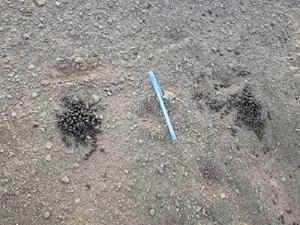Teresa Luísa Ferreira da Silva
The main aim of this study is to address conservation planning of endangered North African
antelopes (Gazella dorcas and G. cuvieri).

North African gazelles represent excellent models to understand factors determining genetic structure in wide-range vertebrates that have undergone strong population declines. However, there is lack of quantitative knowledge on distribution of suitable habitats, ecological niche parameters, range regression, genetic structure, and barriers in the landscape for gene flow.

This study addresses conservation planning for the endangered Gazella dorcas and G. cuvieri both in-situ and ex-situ populations, particularly, the development of spatially-explicit models of species occurrence and of genetic variation in fragmented populations. The improvement of current non-invasive genetic methods and the combination of ecological niche-based models and landscape genetics will allow gaining insights into the genetic structure of gazelle populations and the availability of suitable areas for their occurrence and potential reintroduction. The integration of genetic and ecological data in a spatial context will allow understanding the relative roles of different processes (e.g. landscape features, isolation by habitat fragmentation, range regression, niche parameters, social structure and behaviour) in the documented degrees of population structure. Together with the identification of suitable areas for potential reintroductions, these data will be used for the definition of management and/or evolutionary significant units for conservation of wild populations, and used to improve current captive-breeding and restocking programs for both gazelle species.